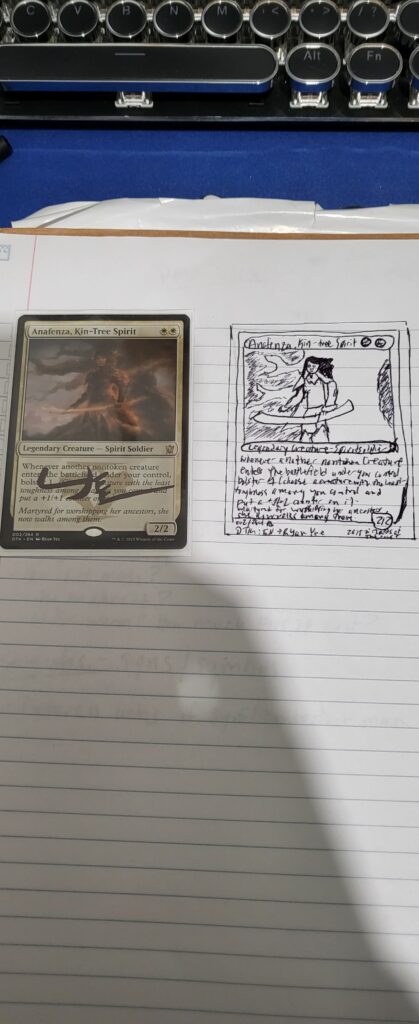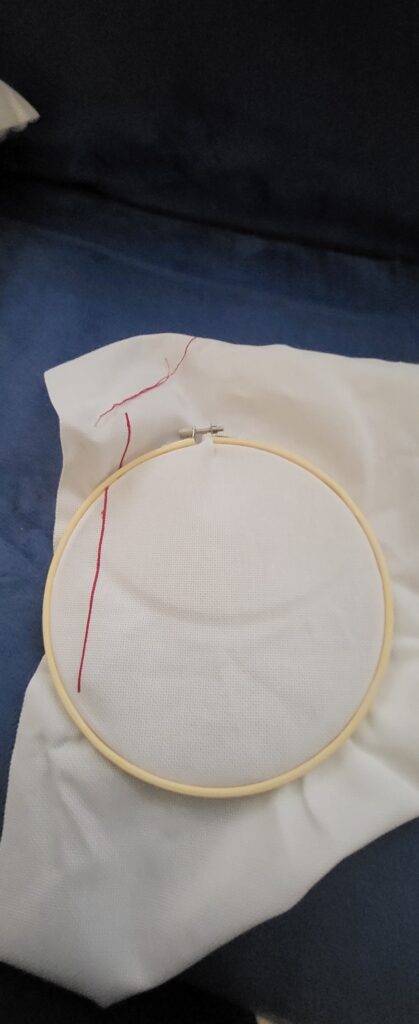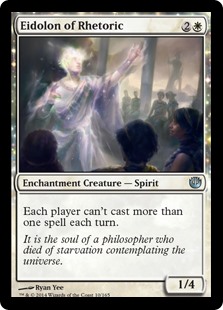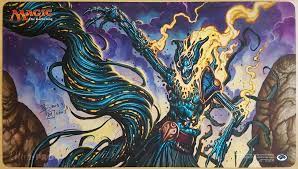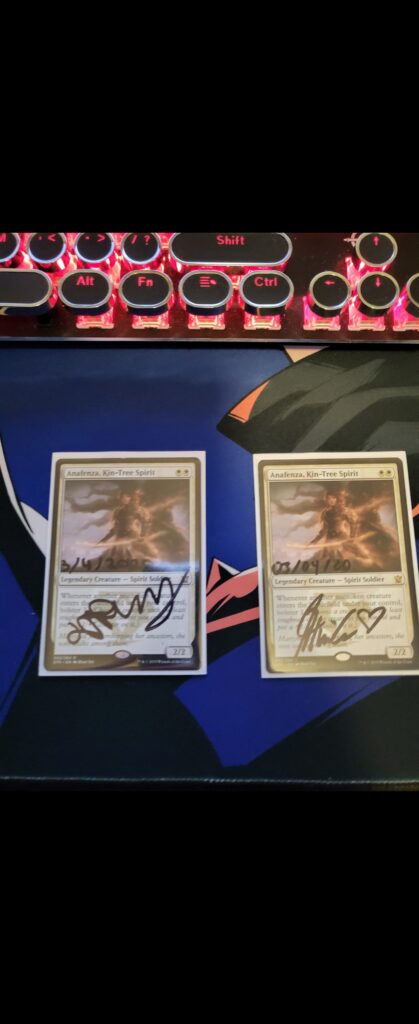I finished the first week of my internship with the American Philosophical Society Center for Digitial History as the Levitt Fellow. I’m working on their Revolutionary City project. The section on “lived experience” is the one I’m most interested in, and I hope that I can find some interesting information there. I spent my first two days with APS learning how to digitize historic documents using a flatbed scanner (I believe the model is Epson, but I can’t recall the exact specs of it) and a bound volume scanner. The book we scanned was from John Leacock, who as I read more from his book and his play, “The Fall of the British Tyranny” he produced I find to be an interesting person. In his book, I found interesting recipes on how to make a bologna sausage, his grapes, and winemaking, general advice about gardening, and what to do when you have tooth pain. This is what excites me most about working with historical documents. I want to know how people lived or do my best to try to infer from the information I have. My first week was a lot of fun and I’m looking forward to the weeks to come! This is a huge project APS is undertaking, and I’m happy to be a part of it. I hope that the work we are doing highlights marginalized voices often overlooked in archives, and also brings in the community of Philadelphia.
I’ve been rereading Digital Community Engagement: Partnering Communities with the Academy to come up with three points to discuss.
- Community engagement: From my first week, I don’t see how the community of Philadelphia is currently involved in building the archive, it seems to be all from partnering organizations. I can ask about this and see if they expect any level of community engagement in adding to their sources, or in offering their thoughts. I know this project continues to be workshopped and presented at conferences and meetings, but I’d love to hear what the community of Philadelphia wants this project to be. How does this project serve the community of Philadelphia? I remember hearing someone mention at lunch that they hope as this project releases (as it goes live, but the site will be changing and I don’t know if it’s been marketed outside of conferences yet) that the community would make suggestions, or become involved.
2) Race and gender representation: Does the archive illuminate voices from marginalized communities in our communities and in the archives? I’m hoping to find out this and something they mentioned in my meeting with them to be something they’re trying to do. How does the archive depict the everyday life of historical actors, and how does this apply to our everyday life? (Framing Philadelphia as the “Revolutionary City” makes sense historically and contemporarily. Philadelphia continues to be a city in which social movements are happening. I wish we could see some parallels, but I doubt that would happen, which is a crucial point in Digital Community Engagement). I hope that as the project progresses there will be sections like this.
3) Accessibility: Using digital tools to make these objects available to the public. How does this work, and what is it achieving? Everyday Life in Middletown: The Archive as Community allows people to submit items to the archive, will this project let this or illicit this from the community, or will it only be from other organizations? Ultimately, as someone who doesn’t study Early American history, why does this matter? (Not to be a pessimist, but I know why this project matters). What can this project say? What can the people of Philadelphia expect and feel from this project?
I believe that APS can rise to the challenge and answer these questions and find these stories. I know the project is still growing and developing, so I hope that they bring in the community to make this project something unique. I’m happy they’re making this all available online, and working hard to develop an online space to showcase all this information. I worked 14 hours my first week.
